Before supporting Yang Hansen, you need to understand what kind of team the Trail Blazers are!
This past summer, we kept talking about Yang Hansen.
But recently, after reading the lively comments, I self-reflected and found my writing was not comprehensive enough.
I kept focusing on the player, but spoke little about the team he belongs to, which is not a full picture.
Watching a seed cannot be detached from its soil, sunlight, and the season.
It's like parents evaluating a child's academic performance; they must consider the environment, classmates, and teachers around him.
When judging a person, you must consider the era, social relations, and upbringing. Without these factors, the evaluation is often shallow and arbitrary.
The same applies when talking about a player.
We must consider the environment, including team tactics, coaching decisions, and teammate quality.
But because of Yang Hansen's uniqueness, Chinese fans' emotions are very straightforward. From fans to media and commentators, all eyes are on him...
So, what about the Trail Blazers' situation?
Today, let's discuss it in a Q&A format.
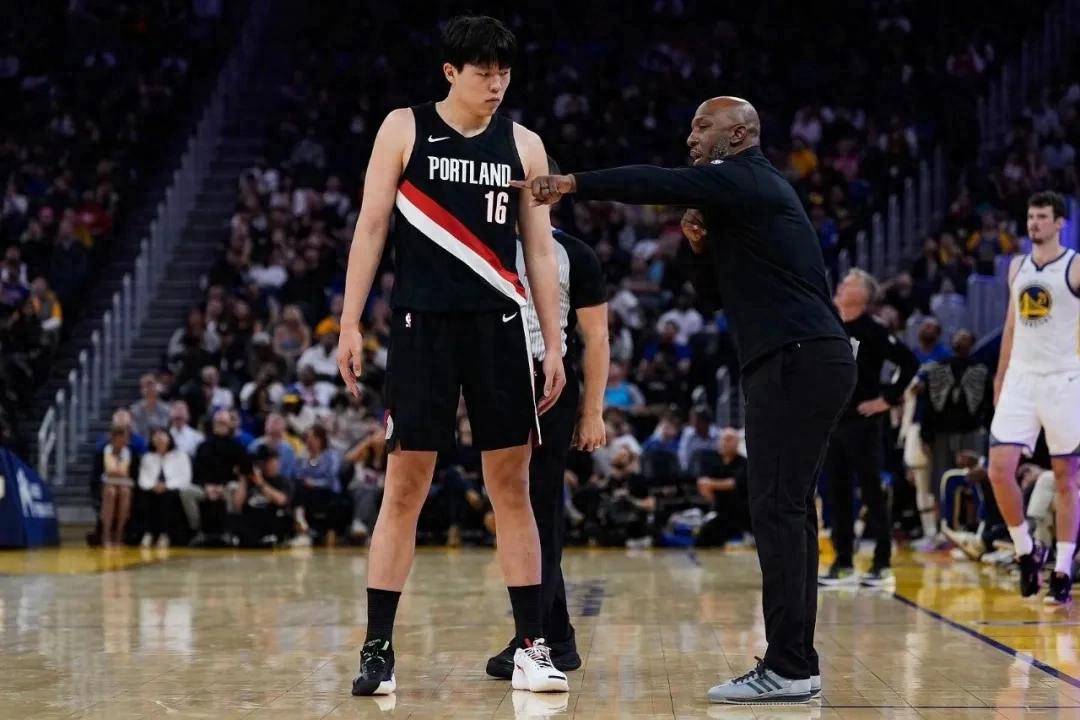
1. Team Goals
Every NBA team has different current situations and season goals. The Portland Trail Blazers definitely have ambitions for the 25-26 season.
They are not a tanking team indifferent to results; they want to move forward.
What gives them confidence?
In the latter half of last season, the Blazers had a 23-18 record, ranking tenth in net efficiency during that period. In their last 41 games, their defensive efficiency was 110.0, second in the league, just behind the Thunder's 109.9.
There are signs of improvement, so the pursuit of success certainly exists. The goal could be the play-in tournament or even the playoffs.
Understanding this helps explain why Yang Hansen didn't play in the second half of the season opener.
Chasing wins means no risk-taking with a 20-year-old rookie.
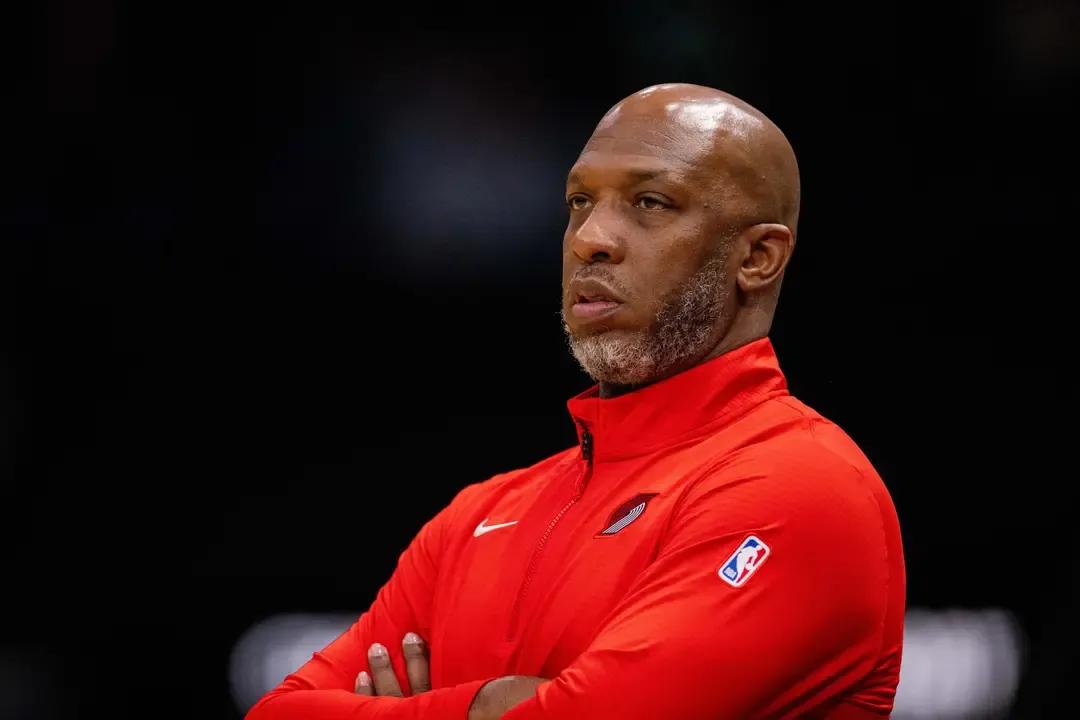
2. Coaching Philosophy
Since June 2021, Billups has been the head coach of the Blazers. They have not yet reached the playoffs or play-in tournament, with a highest win total of 35 last season.
Still, he got a contract extension, which shows the owner recognizes his work, especially the progress made in the latter half of last season.
What kind of basketball do the Blazers play?
You will notice they emphasize high-intensity defense to create offensive chances and prefer lineups with similar-sized players capable of switching defensively without limit.
Defend first, then run fast and shoot.
Therefore, the team substitutes frequently, requiring stamina from the defenders.
A typical example is 2023's 52nd pick, Mani Kamara, who earned a starting spot and a big contract due to his defensive skills under Billups.
This guy made the All-Defensive team last season and is gradually becoming the Blazers' defensive anchor.
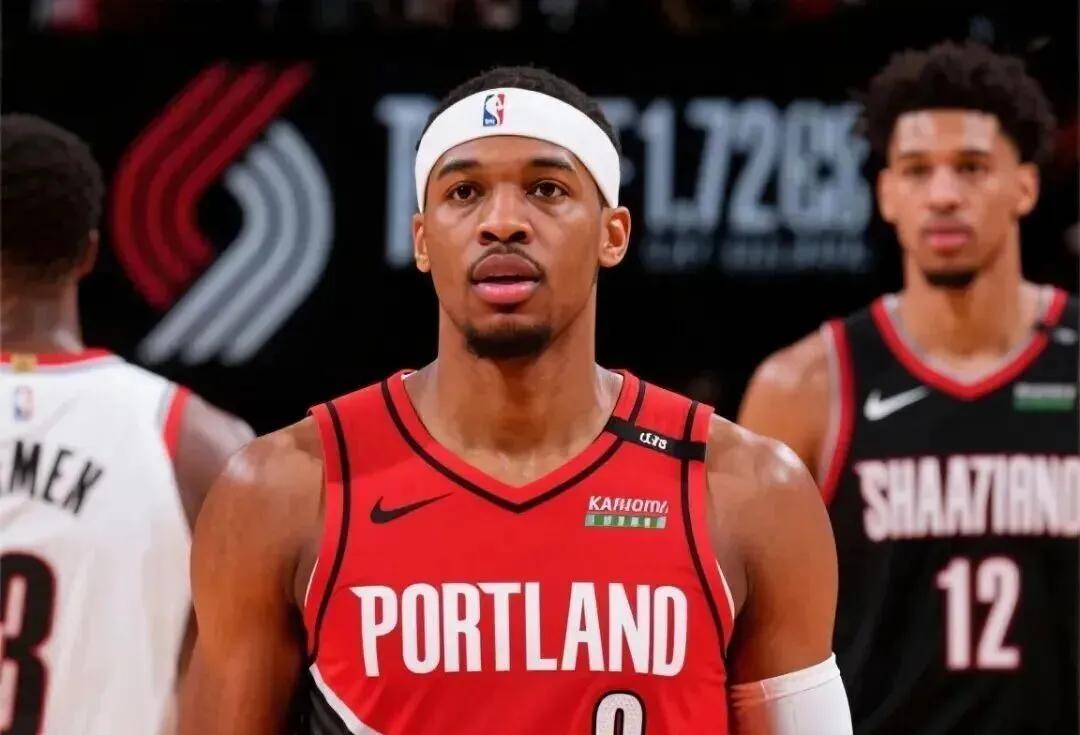
3. Team Weaknesses
What issues does the Blazers face in pursuing success?
They lack a true leader.
Who can carry the offensive load?
Looking at scoring data, it's Avdija.
In the 20 games after the 24-25 All-Star break, he averaged 23.3 points, 9.7 rebounds, and 5.2 assists—almost All-Star level stats.
In terms of potential, maybe Sharp?
The 2022 first-round 7th pick, Sharp, has grown quickly over three seasons with the Blazers, playing 72 games last season with averages of 18.5 points, 4.5 rebounds, and 2.8 assists.
But if you demand them to be the team leader, their abilities fall short and can't be forced.
Using a card game analogy, the Blazers currently have many "Ks" and "1s": Grant, Holiday, Avdija, Sharp, and the injured Henderson can all play well at times.
However, none meets the requirements of "2" or the "Jokers."
So in clutch moments, they tend to be inconsistent and scattered.
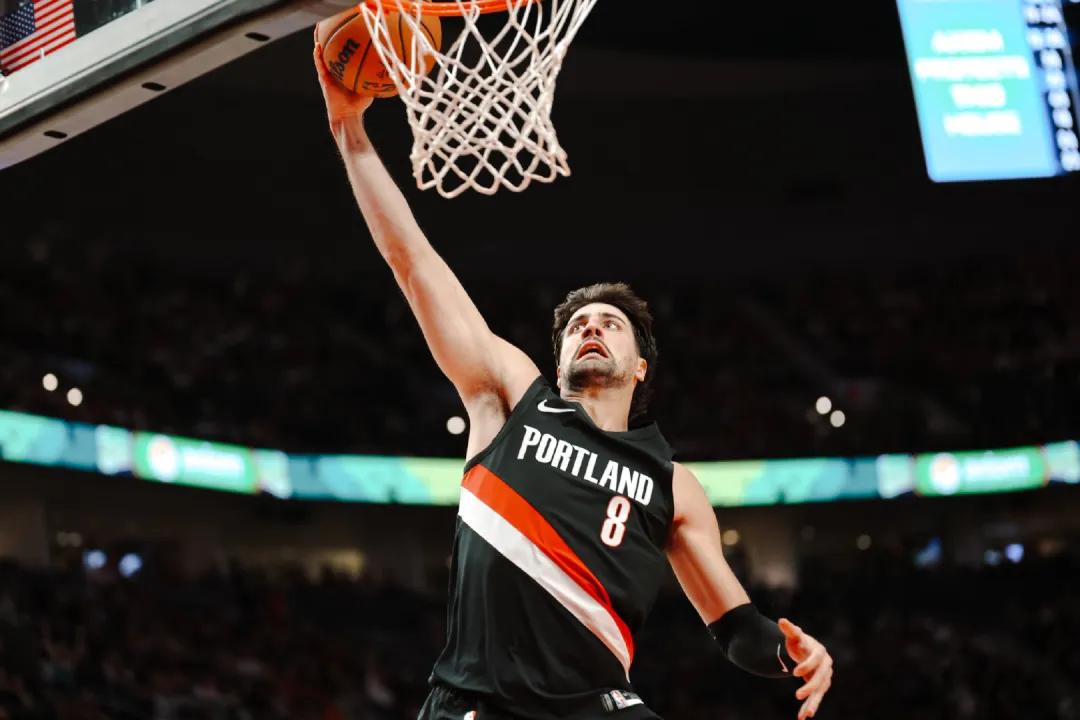
4. Position Competition
Let's talk about the center position where Yang Hansen plays.
Currently, the starting center is Klingen, with Yang Hansen as his backup. There is also the injured Lowry and former Qingdao player Reese.
At present, Yang Hansen will get some playing time, but that might change once Lowry returns.
The regular lineup is Holiday + Sharp + Avdija + Kamara + Klingen, while the small lineup removes Klingen or Yang Hansen, putting 2.03m Grant at center.
The so-called "small ball" lineup isn't small at all, averaging over 2 meters tall, fitting the modern basketball trend of position fluidity. You saw the effect in today's second quarter, right?
If the small lineup works well, Yang Hansen will basically have no minutes in the second half.
Because if a big man is needed, Klingen has already rested enough.
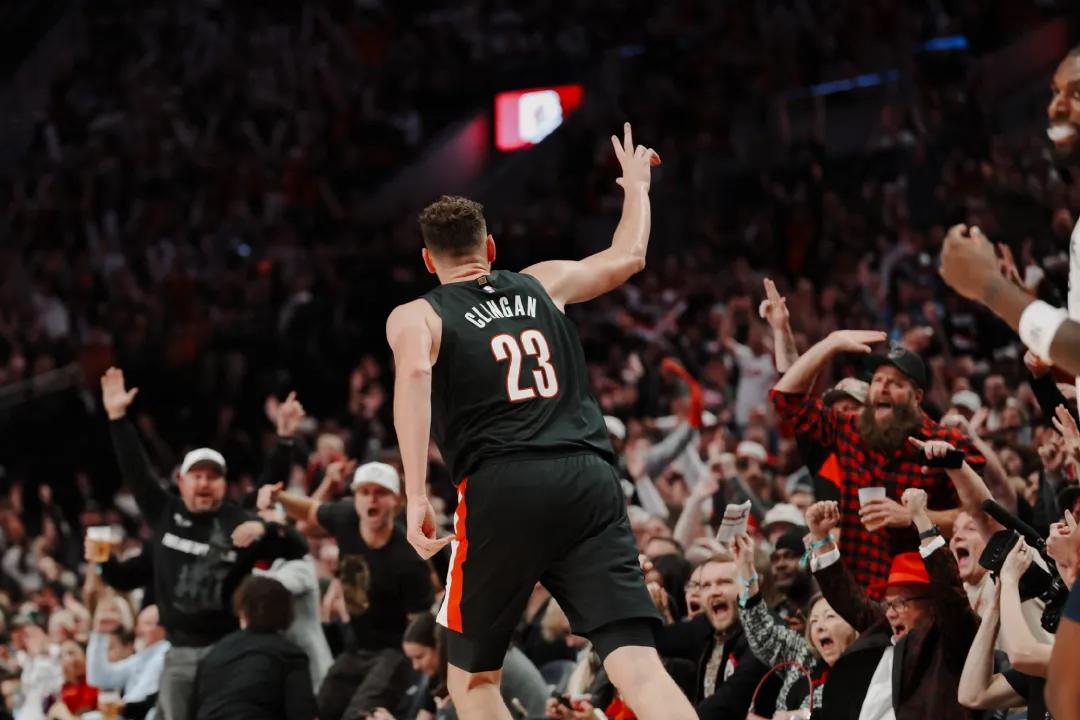
5. Player Development
The Blazers entrust their perimeter potential to 21-year-old third pick Henderson and 22-year-old Sharp.
Inside, 20-year-old Yang Hansen is indeed part of their future plans.
Otherwise, given his poor defense, Billups would hardly allow such a player regular minutes.
Among players who get regular minutes on this Blazers team, Yang currently has the worst defense.
If you don't believe me, check who the ten players were against the Timberwolves and compare their defensive levels with today.
Di Ge is bold enough to speak the truth...
Yet some fans and media still complain that the Blazers treat him unfairly!
From the team's perspective, I'll just say this:
If you were a teacher and a student's family members kept asking endlessly about his school performance—both good and bad—wouldn't you get annoyed?
A rookie with obvious flaws should not take playing time for granted.
The Blazers have been quite patient with Yang Hansen, whether it's Billups or Sprewell; they have been good to him.
If the head coach were Thibodeau... there wouldn't have been a chance to be exposed by Curry like this.
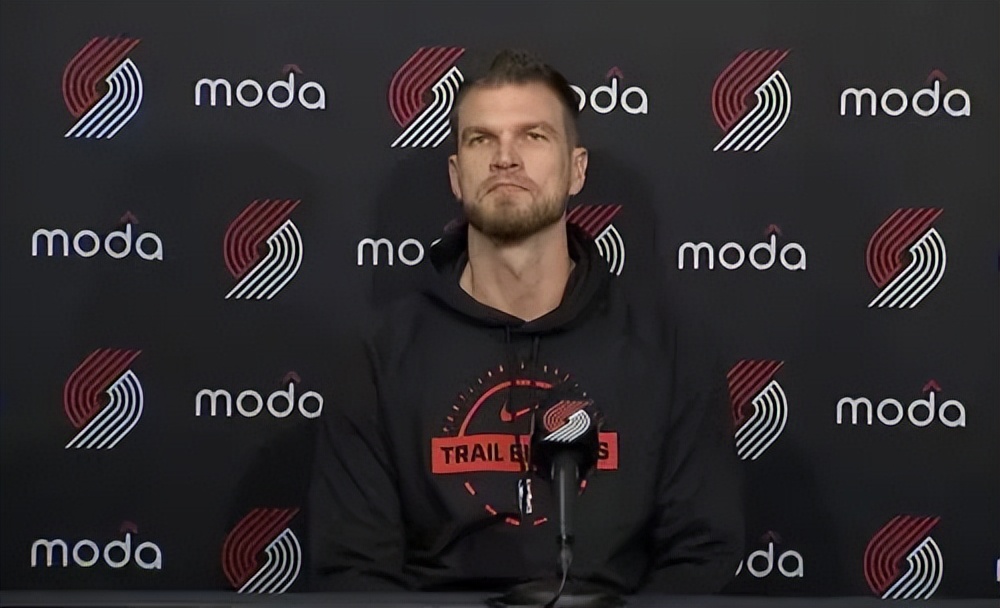


Wonderfulshortvideo
Crazy shot at the buzzer 😲


Wemby is ridiculous 🤯


VJ Edgecombe 🤝 Tyrese Maxey


Steph with the moves 🔥


Chet Holmgren with the powerful slam 💥


Gotta love these guys 🤣


Wemby continues to impress 🔥








 Links
Links
 Contact
Contact
 App
App


